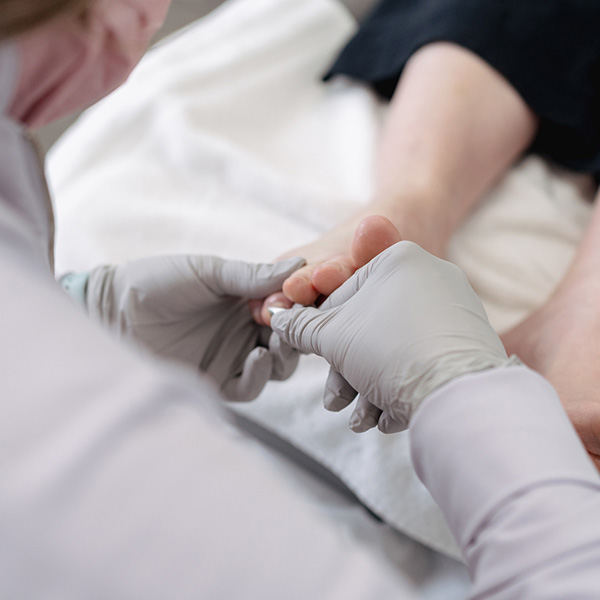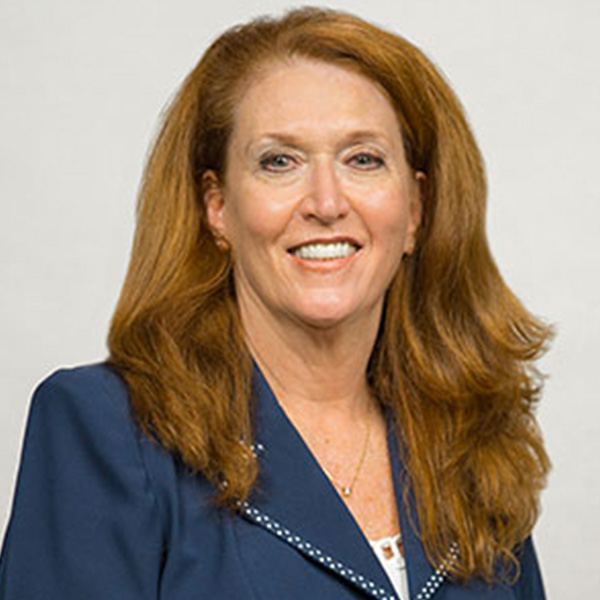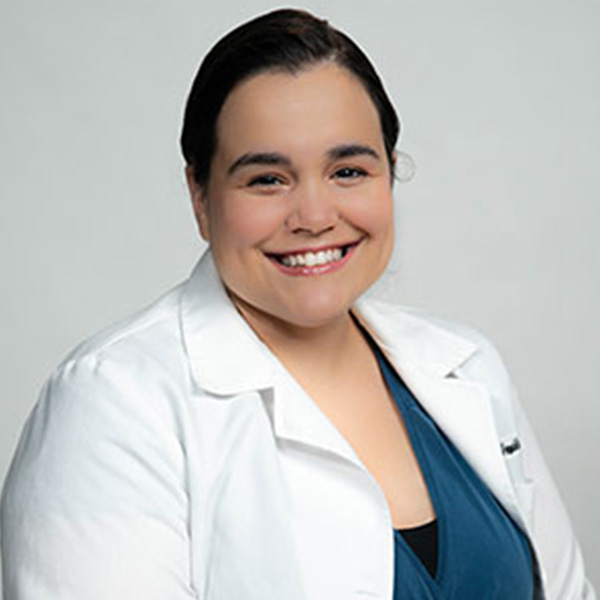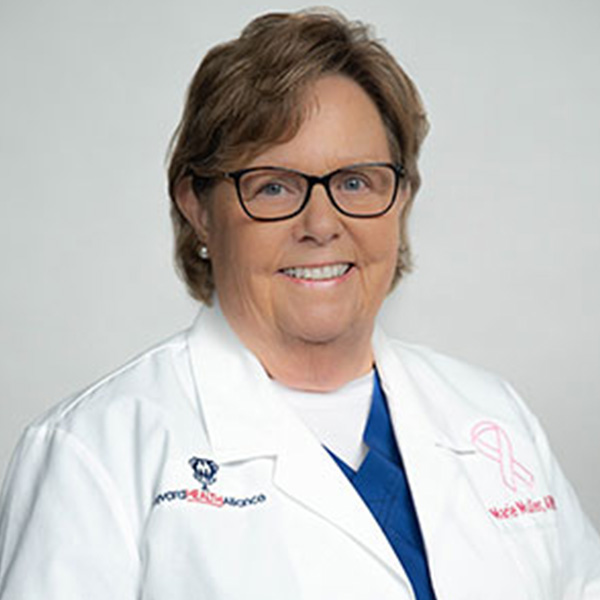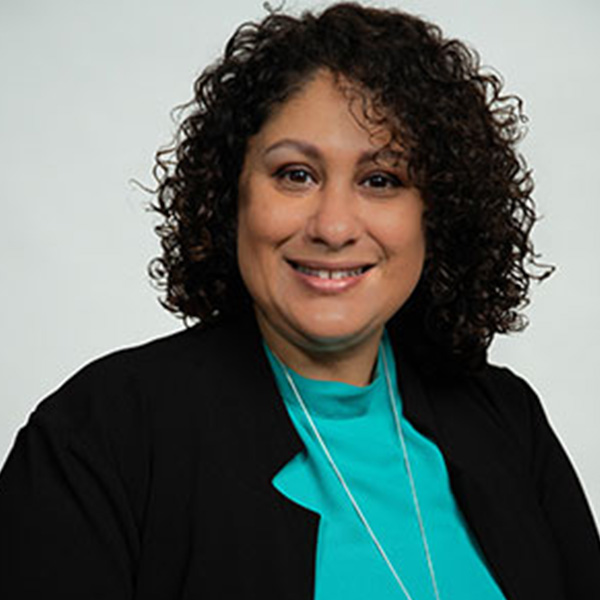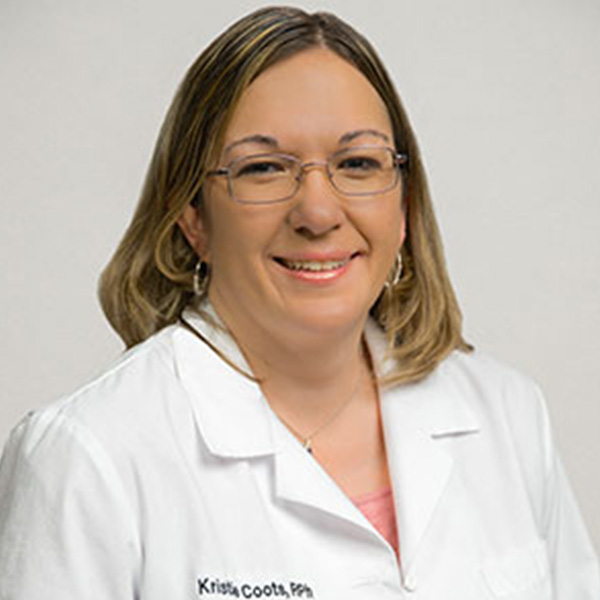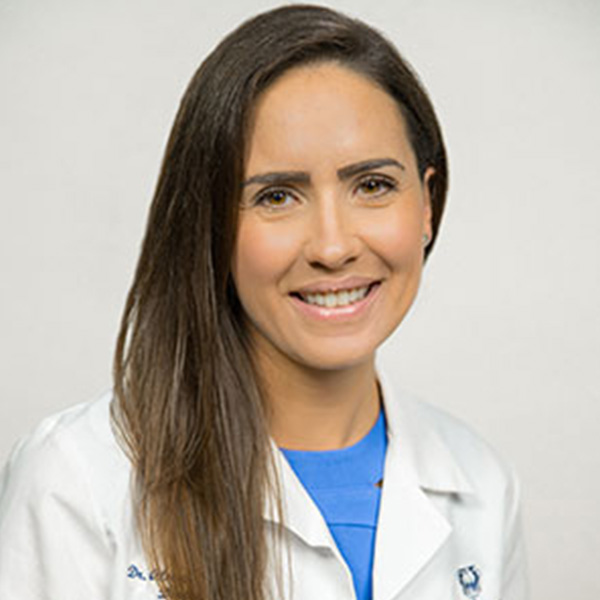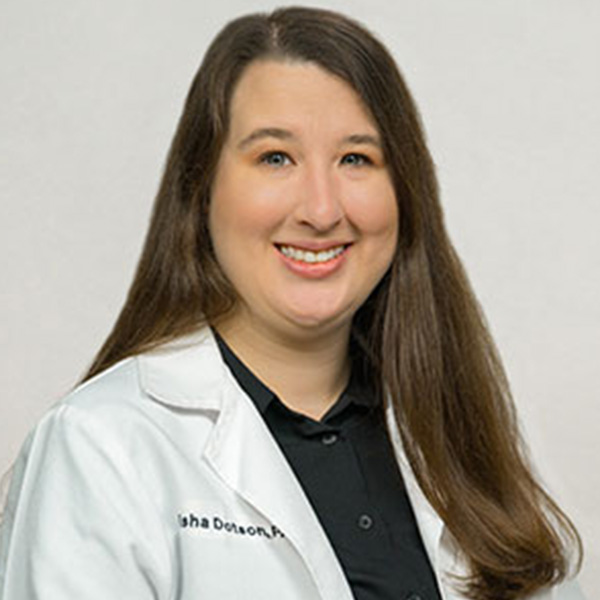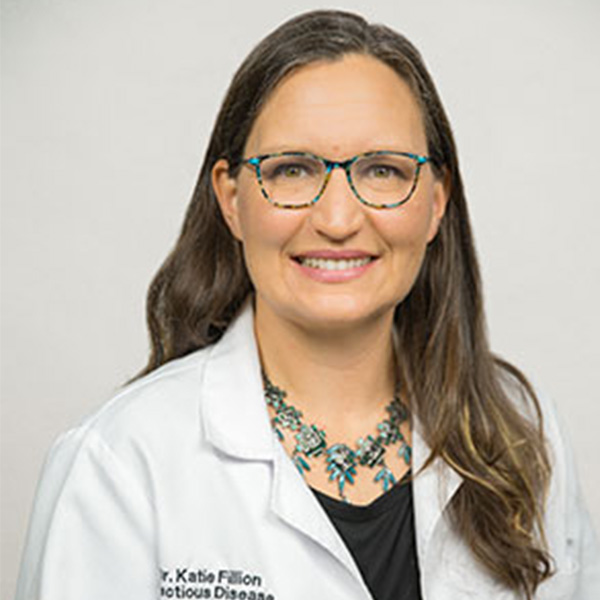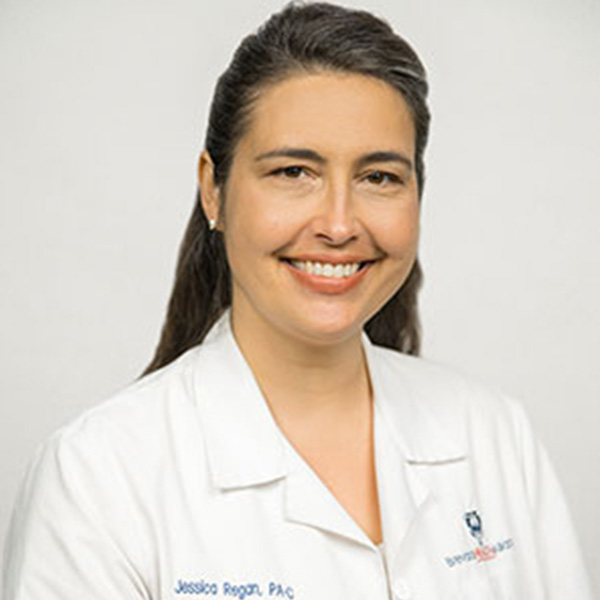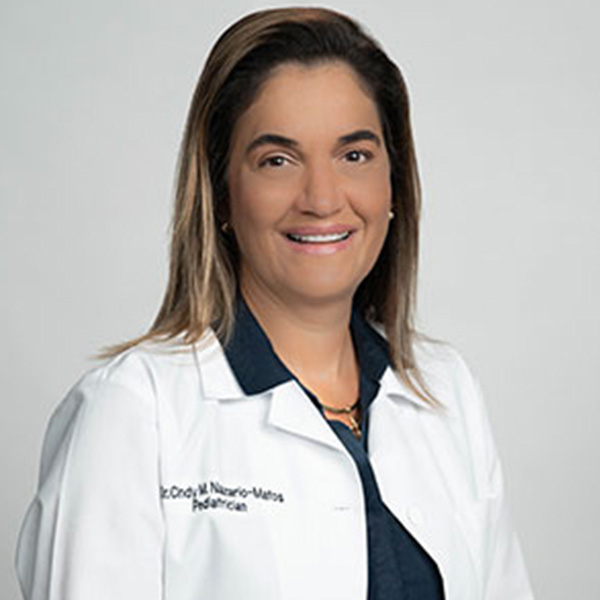Measles 2025: What You Need to Know About the Latest Outbreak
As of early 2025, Texas is facing a significant measles outbreak — and it’s no longer confined to state lines. As of March 13, 2025, a total of 301 confirmed* measles cases were reported by 15 jurisdictions: Alaska, California, Florida, Georgia, Kentucky, Maryland, New Jersey, New Mexico, New York City, New York State, Pennsylvania, Rhode Island, Texas, Vermont, and Washington, raising concern across the U.S. For additional real-time updates, visit the CDC Measles Cases and Outbreaks page.
So, what exactly is measles, and why is this outbreak a big deal?
What Is Measles?
Also known as rubeola, measles is a highly contagious viral infection that can lead to serious health complications. Although measles was declared eliminated in the U.S. in 2000, cases have steadily re-emerged due to declining vaccination rates and international travel.
The virus remains common in areas of the world where access to vaccines is limited — and when measles comes in, it spreads fast.
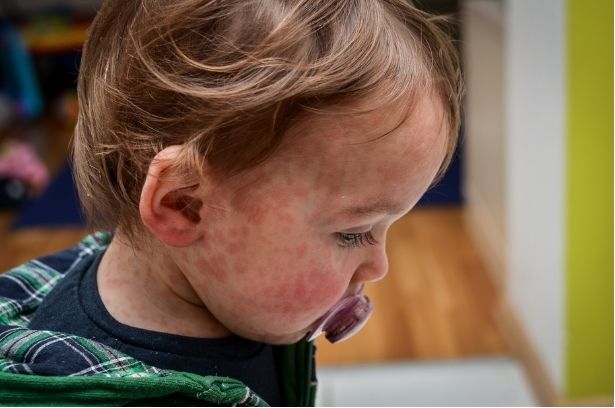
Why Is Measles So Dangerous?
- 90% of unprotected people exposed to measles will get sick.
- The virus can linger in the air for up to 2 hours after an infected person leaves a space.
- Patients are contagious 4 days before they even show symptoms.
- Complications can be immediate or show up years later.
Early Signs and Symptoms
Measles often starts like a bad cold — but it progresses quickly. Watch for:
- Fever
- Cough, sore throat, fatigue
- Conjunctivitis (pink eye)
- Tiny white spots in the mouth (Koplik spots)
Eventually, a distinct red rash appears, typically starting on the face and spreading down the body.
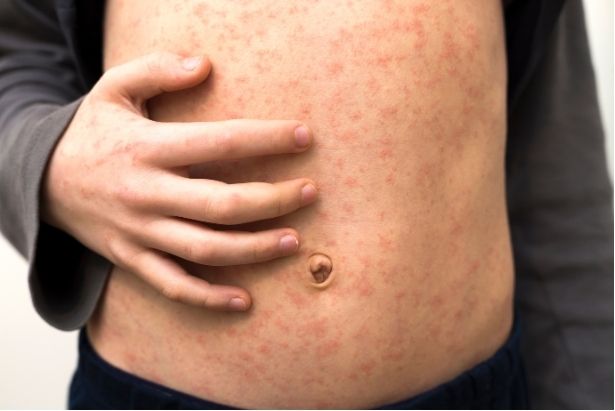
Measles Progresses in 4 Stages
- Exposure (7–21 days) — No symptoms or very mild viral signs.
- Stage 2: The “3 Cs” (Cough, Coryza, Conjunctivitis)
- Also includes fever, light sensitivity, and Koplik spots
- Stage 3: Rash & High Fever
- Red, flat, blanching rash (not on palms or soles)
- Fevers may spike to 104–105°F
- Stage 4: Recovery or Complications
Complications to Be Aware Of
Measles is not just a rash — it can have lasting effects:
- Hospitalizations: ~25% in the current Texas outbreak (typically 20%)
- Pneumonia & ear infections
- Brain inflammation (encephalitis) — can cause seizures or death
- Immune system “amnesia” — higher risk for other infections for years
- Blindness (keratitis)
- Rare but fatal SSPE (Subacute Sclerosing Panencephalitis) — appears 7–10 years later
The Measles Vaccine: Your Best Protection
✅ Two doses of MMR (Measles, Mumps, Rubella) vaccine are 97% effective
✅ Dose 1: 12–15 months
✅ Dose 2: 4–6 years
In outbreak situations or before international travel, infants 6–12 months can receive an early dose — but it does not replace the regular dose at 1 year due to interference from maternal antibodies.
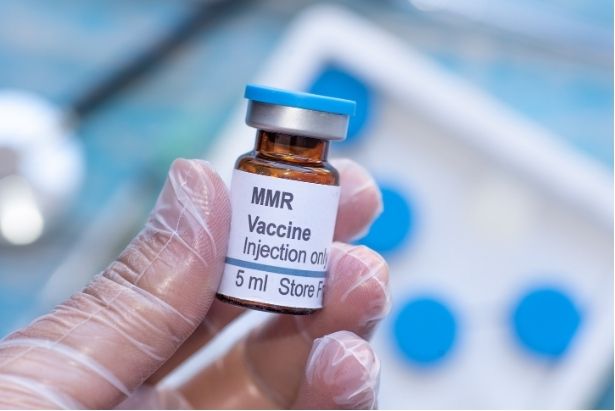
Common Questions Answered
Why does my child need a second dose if the first worked?
➡ The first dose is 93% effective, but some children don’t mount a strong enough response. The second dose boosts immunity to 97%.
Can older kids catch up on missed doses?
➡ Yes — two doses a month apart are recommended for kids over 4 years old who need to catch up.
What If You’ve Been Exposed?
If unvaccinated, there’s still a small window of opportunity:
- MMR vaccine within 72 hours of exposure
- Measles immune globulin within 6 days
These may reduce the severity or prevent infection altogether.
A Note on Vitamin A
Board-Certified Pediatrician, Dr. Dixon cautions against excessive intake of Vitamin A to combat the Measles. You may hear social media chatter about Vitamin A preventing measles — but that’s not true. High doses can be dangerous. In severe cases, Vitamin A may be used in hospitals to reduce complications — but don’t self-medicate based on influencer advice.
The Bottom Line: Measles Is Preventable
Choosing not to vaccinate doesn’t just affect one family — it affects entire communities. Protecting your child also protects infants, immune-compromised individuals, and others who can’t be vaccinated.
There’s no cure for measles — only prevention. The MMR vaccine is safe, effective, and life-saving.
📣 Stay informed. Stay protected. Spread awareness — not the virus.
Brevard Health Alliance is Here to Help
Whether you need help with stress management or a primary care physician, Brevard Health Alliance, Inc. is here for you. Brevard County’s only Federally Qualified Health Center, BHA offers extensive health care services on a sliding-fee scale, so that we can treat residents regardless of their ability to pay. We’re committed to providing an extraordinary quality of care for our patients in order to improve the health status of Brevard County. Our focus is on continually improving the quality and efficiency of our care, and on ensuring that every patient we serve is heard, encouraged, and respected.
As your family health care provider, we strive to provide not just acute care but also preventive care and healthcare-related education. Our board-certified physicians, advanced practice nurse practitioners, and physician assistants provide primary care that includes well-child checkups, well-woman care, and physicals, along with chronic disease management. In fact, since 2005 we’ve provided not only primary care services, but also behavioral health services, dental services, diagnostic services, resource management services, pharmacy services, women’s health care and obstetrics, Hepatitis C and HIV services, extended hours pediatric walk-in care, and specialty referrals. For more information, to find a location, or to make an appointment, contact us through our website








